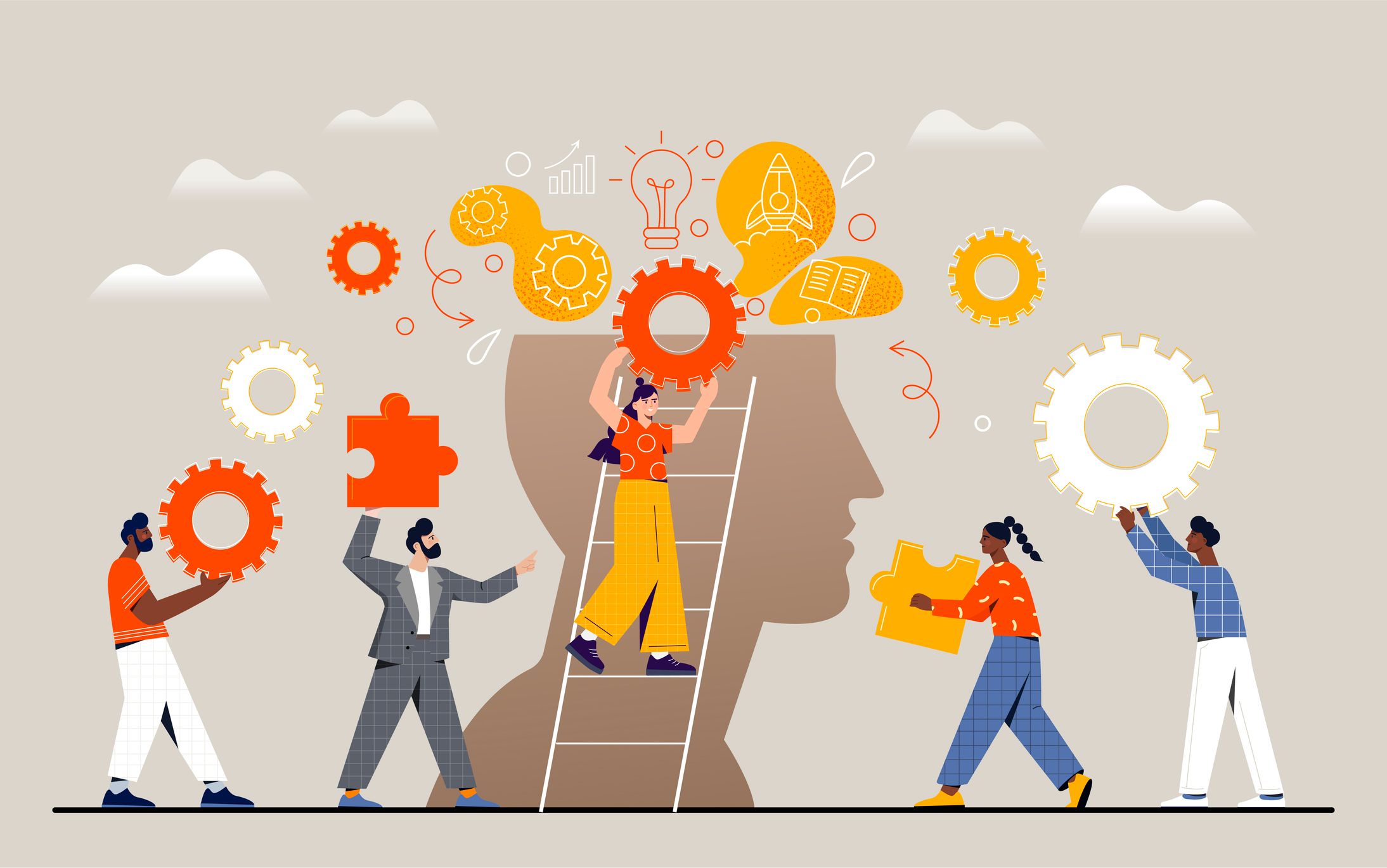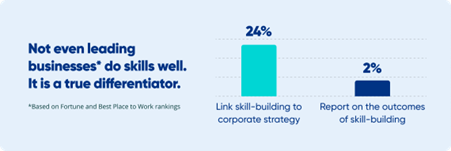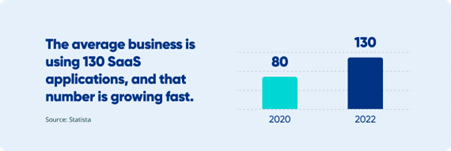Four Steps to Learning Maturity

Learning maturity measures the sophistication of your learning program.
There are four levels:
-
Operational. You do onboarding, compliance, and not much else.
-
Responsive. Learning happens, but it's reactive and ad hoc. For example, when you launch a new product, you train employees on its features and benefits. This is where most organizations are.
-
Proactive. Learning is a tool that helps prepare for the future, like when a business upskills in emerging areas like AI.
-
Strategic. You're a learning innovator and learning is part of your brand, culture, and strategy. You collect data and measure impact. Learning is a differentiator and competitive advantage.
Show us a business that's growing consistently and we'll show you a level 3 learner. Level 4 is exceptionally rare.
How rare? As an example, consider skills building.

Research by Boston Consulting Group compares skills-building today to DEI 15 years ago.
It's simple, qualitative, disconnected from strategy, and measured poorly (if at all).
Onboarding is no better:
- Over eight in 10 companies say their onboarding process is so slow that it causes workplace disruptions.
- And yet fewer than half measure the impact of their onboarding programs at all.
Learning maturity matters. A lot. For skills, onboarding, and everything else your business cares about.
But don't worry: Your learning program doesn't have to sleep in a dorm room or live off instant noodles. There are better ways to become mature.
Four Steps to Level Up Learning Maturity
1. Align Learning Initiatives with Business Goals
What's measured improves. So if your business needs to improve revenue, retention, and CAC—why are you measuring engagement, course completions, and time spent learning?
2. Optimize the Tech Ecosystem
The average organization's tech ecosystem is bloated and inefficient:

130 SaaS platforms. It's a huge number and it makes integrations incredibly difficult.
It's no wonder that nearly half of businesses say that their LMS doesn't integrate with key tools like Teams, Workday, or Salesforce.
If you want to get better data, connect learning to business tools and optimize your tech stack.
3. Empower Individuals with Personalized Learning Experiences
People learn differently. Level 3 and 4 learning organizations tailor learning to specific audiences.
Customers generally want shorter, more value-driven content.
Managers need a different learning experience and the ability to track the growth of their teams.
Developers and salespeople have very different days. Salespeople have scattered calls and meetings all day, while devs might have bigger blocks of uninterrupted time.
All of this impacts learning.
4. Develop a Content Strategy that Drives Performance
Most employees will require reskilling in the next five years.
If you want to stay relevant as a business, you need a strategy to build those skills.
This means having relevant, up-to-date content, and it's also where paradigms like social learning come in. If you have an AI expert in your organization, you need to help them share their knowledge with their peers.
Take the Assessment
If you want an objective measure of what level of learning maturity your organization is at, you can watch this webinar, which runs through a detailed quiz.
It also includes more in-depth strategies to level up, mature, and grow.
Be sure to visit our stand at HR + L&D Innovation and Tech Fest, 15-16 November - ICC Sydney, Register Now!
)
)